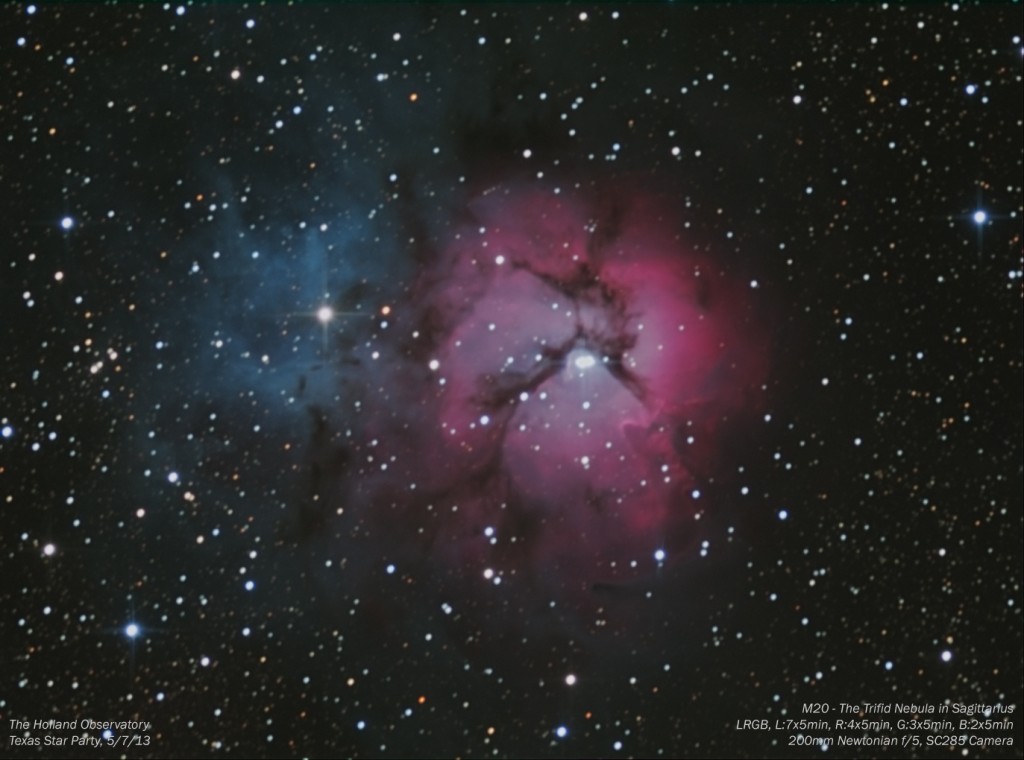
The Hα line is deep red, the Hβ is blue-green, and the OIII lines, although theoretically placed at the limit between green and blue, are greener. The true color of each emission line can be assessed by looking through the filters toward a white surface, during the day. Some other lines can be found in nebulae, especially SII (ionized sulfur) in the deep red, not far from Hα at 674 nm. The relative intensities may vary from one nebula to another, but Hα is always dominant, followed by OIII and Hβ. The main spectral lines of emission nebulae: from left to right: Hβ, OIII (double line), Hα.
#REFLECTION NEBULA DETECTION SERIES#
Hydrogen, which emits a series of lines, the main ones 656.3 nm (the Hα line) and 486.1 nm (the Hβ line).Two of these elements are most prominent in the visible spectrum: The spectrum of the nebulae is discontinuous and gives information about their chemical composition because each element (hydrogen, oxygen, sulfur, nitrogen, helium, etc.) has its own emission line wavelengths. This emission of light occurs within extremely narrow-wavelength bands, with precise values that physicists call monochromatic emission lines. Their matter is ionized by radiation from surrounding stars, reflecting little of this light, reemitting it instead. The most famous are the nebulae that surround the main stars of the Pleiades and NGC 1975, which lies in the shadow of its neighbor M42 (the Orion Nebula).Įmission nebulae are more numerous and possess a totally different spectral signature. They show a continuous spectrum, with a bluish tint caused by the preferential scattering of blue light by very small particles of dust. Reflection nebulae are illuminated by nearby stars. For photography, two main types must be considered: reflection nebulae and emission nebulae. Almost all nebulae that amateurs can photograph belong to our galaxy and therefore are more numerous in the Milky Way. Its magnitude is 9.5.ĭiffuse nebulae are large clouds of gas (mainly hydrogen) and interstellar dust that give birth to stars. The fastest is Barnard’s Star in Ophiuchus, six light-years from the sun, with an apparent speed of 10 arc seconds per year, which makes its movement easily detected on photographs taken one year apart. Some close stars show measurable movement against the background stars. Outside the vicinity of our galaxy, the biggest globular clusters surrounding other galaxies like M31 (the Andromeda Galaxy) and M104 (the Sombrero Galaxy) can be photographed as very small diffuse patches. In the Northern Hemisphere, the most famous is M13 in Hercules, spanning 20 arc minutes. Omega Centauri is visible for viewers observing from south of about 30° north latitude. Omega Centauri, whose apparent diameter is 1°, and 47 Tucanae, in the vicinity of the Small Magellanic Cloud (SMC), are both examples of globular clusters. The most impressive are in the southern celestial hemisphere. There are several hundred globular clusters surrounding our galaxy. Globular clusters are old and mainly made up of old and yellowish stars these stars have a much longer lifetime than the massive ones you’ll find in open clusters. Their apparent angular size range is quite variable and can exceed one degree, as in the case of the Pleiades or the Hyades, famous open clusters in Taurus. Open clusters such as the Double Cluster in Perseus are numerous in the Milky Way and often contain young, hot stars. The most massive and hottest stars look bluish, while smaller and colder stars look reddish and emit little green and blue light. Like the sun, the stars glow with a continuous spectrum: all wavelengths (all colors) of visible light are represented in various proportions depending on the surface temperature and composition.

Special attention must be paid to the wavelengths of luminous radiation they emit because the optimal way to photograph them and to process the resulting images is deeply linked to this attribute. The term deep-sky encompasses different families of celestial objects quite varied in nature, dimension, and morphology.

The following excerpt is taken from the book Astrophotography by Thierry Legault.

Ordering, Shipping & Returns Information.


 0 kommentar(er)
0 kommentar(er)
